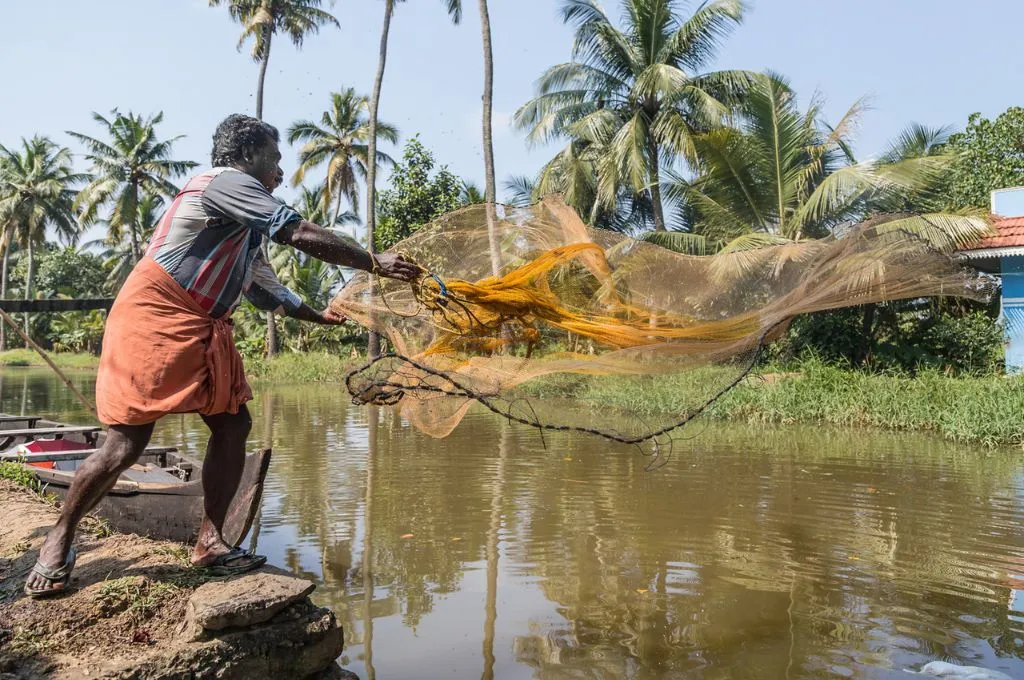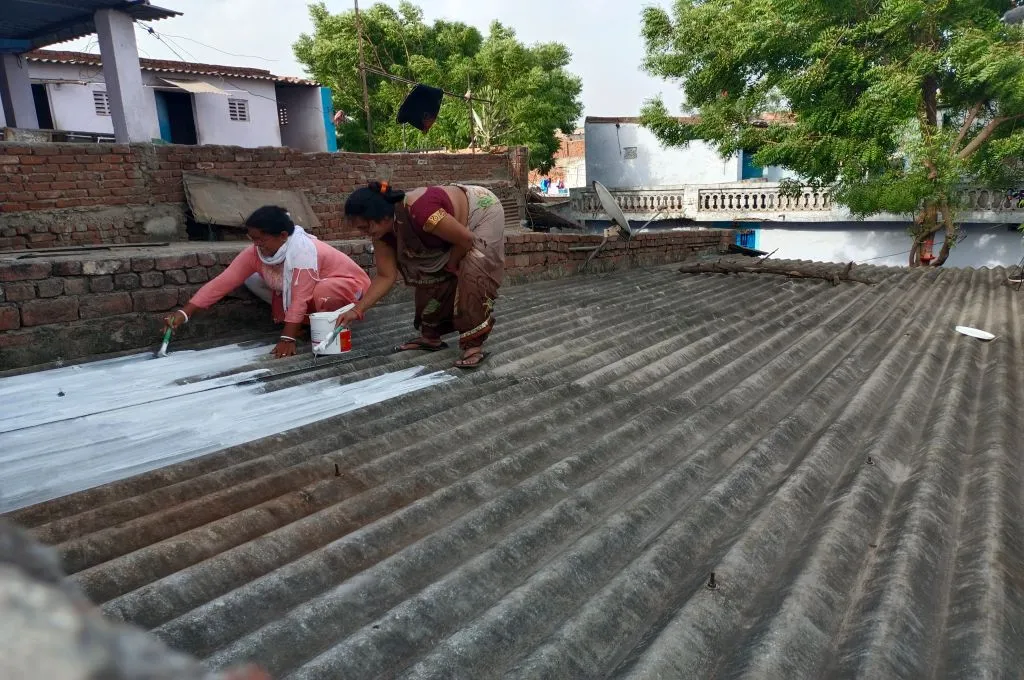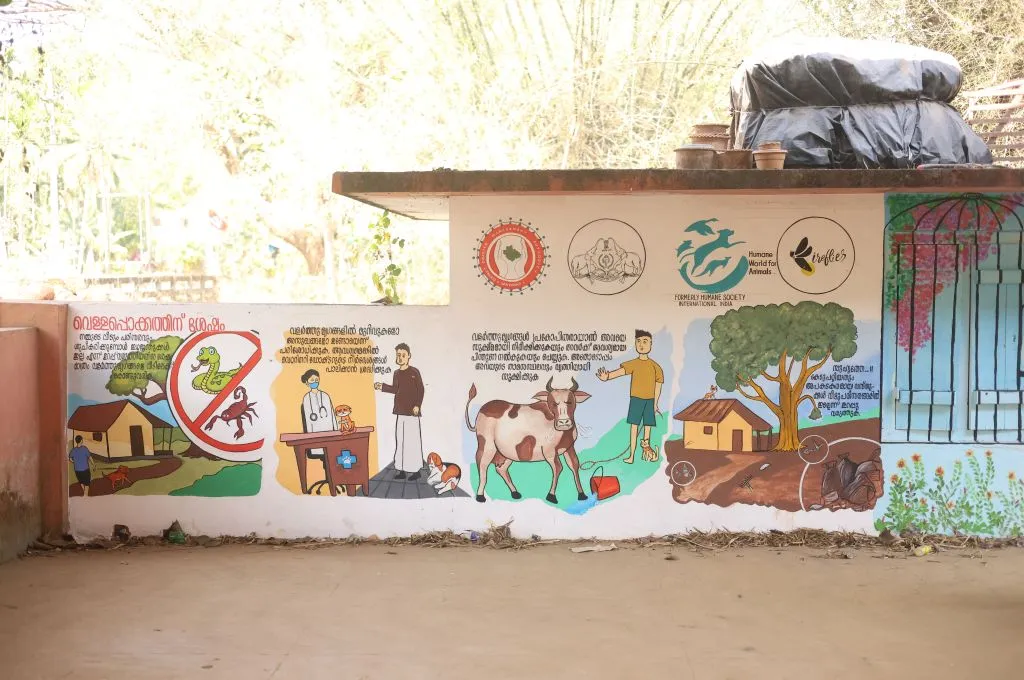An emblem of the British mining history, canary birds were used to indicate when dangerous gases were collected in a mine, signalling danger for humans. While this use of the birds is long gone, the phrase ‘canaries in a coal mine’, indicating impending danger, is increasingly relevant in India’s journey as it transitions from coal to cleaner sources of energy. The looming danger is that if the transition is not just and not done in a carefully planned manner, it could severely impact the lives and livelihoods of millions of people in India.
The coal sector in India is an entire ecosystem. It is estimated that 13 to 20 million people are, directly or indirectly, dependent on coal for their livelihoods.
What happens to these people as India pursues its clean energy commitments? As policymakers, subject experts, and activists focus on estimations and numbers, there is a blind spot toward an integral element—the people.
This photo essay documents three districts of Jharkhand, prominent for coal mining—Chatra, Hazaribagh, and Dhanbad—and the people who would be the hardest hit if the transition out of coal is done in an unplanned manner.
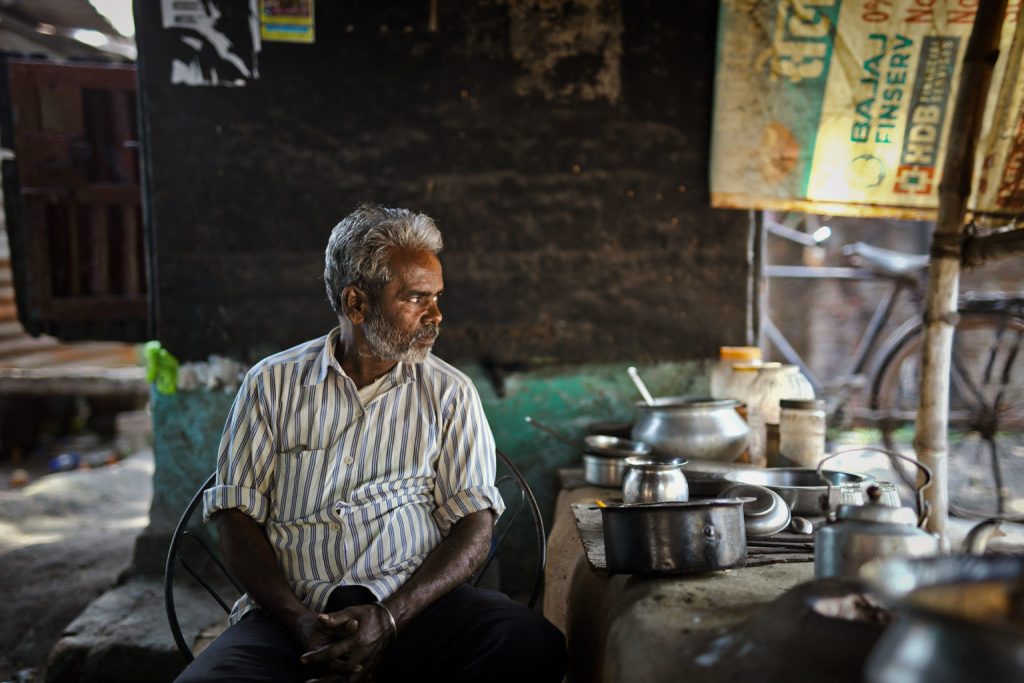
Bholi Yadav, 46, sells tea outside a coal mine for 20 years. “I come here by 4 am and leave at 7 or 8 pm. This is my life. I am not educated enough to get a good job. So, I don’t know what I’ll do when this coal mine shuts. Maybe I will have to find work as a daily wage labourer. But I’m not sure if I’ll be able to do that.”
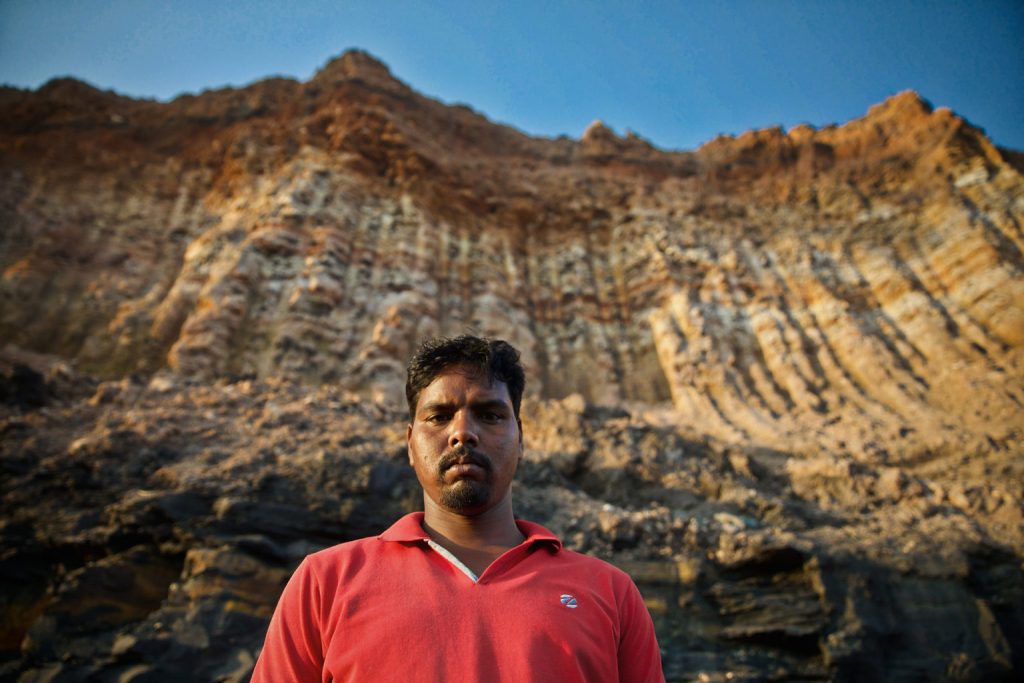
Arjun Oraon, 30, weighs coal trucks. “Coal mining has ruined our land. The companies should refill the mining pits after extracting the coal, instead of piling the overburden into heaps of mountains. This will help us cultivate our lands after the mining company has shut its operations and exited.”
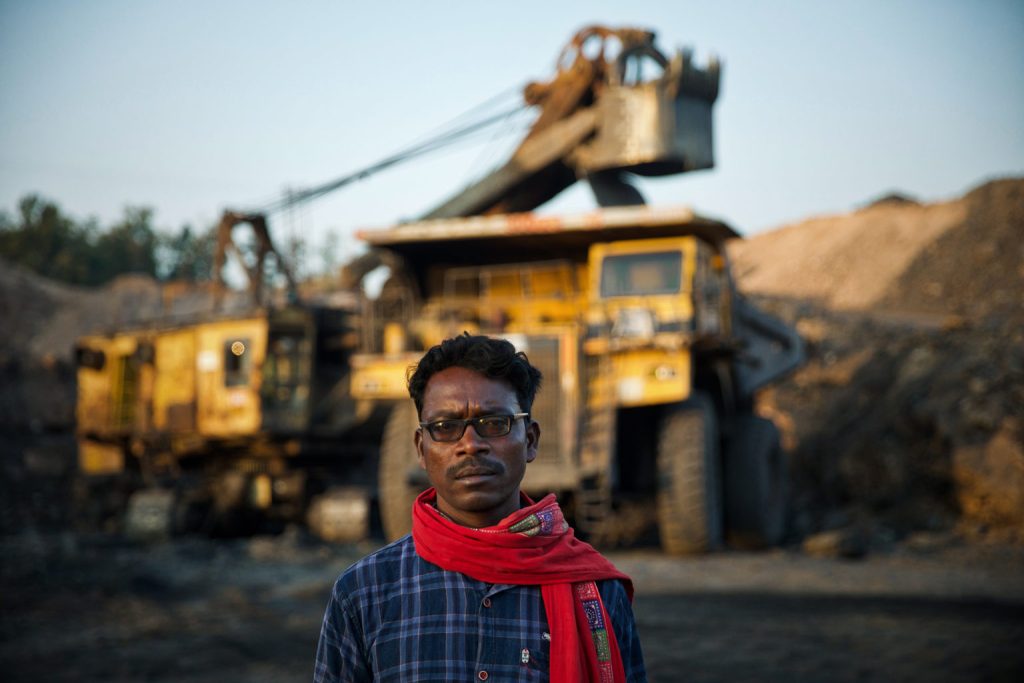
Bigan, 35. “I used to operate a stone crusher in Bengaluru. I came back to my village in Jharkhand. Now, there is no land to till. So, I work in the mine. I’ll be lost if mining goes.”
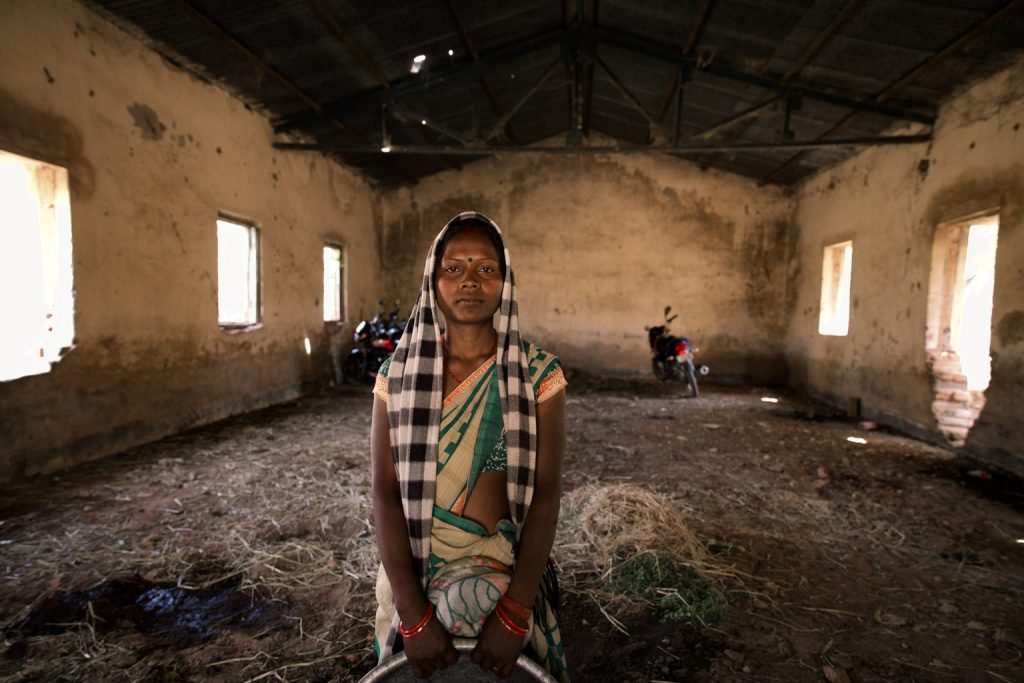
Kiran Kumari, 32, a daily wage labourer. “I live in a village rehabilitated after coal mining began. This place was supposed to be a sewing centre, but it is defunct and is used as a parking lot. When we had land, we didn’t have to worry about food, as we grew our own wheat but now I have to look for work every day. I leave early and by the time I am back, it is quite late in the evening. It would have been good if this centre was functioning. We would have got employed in our own village.”
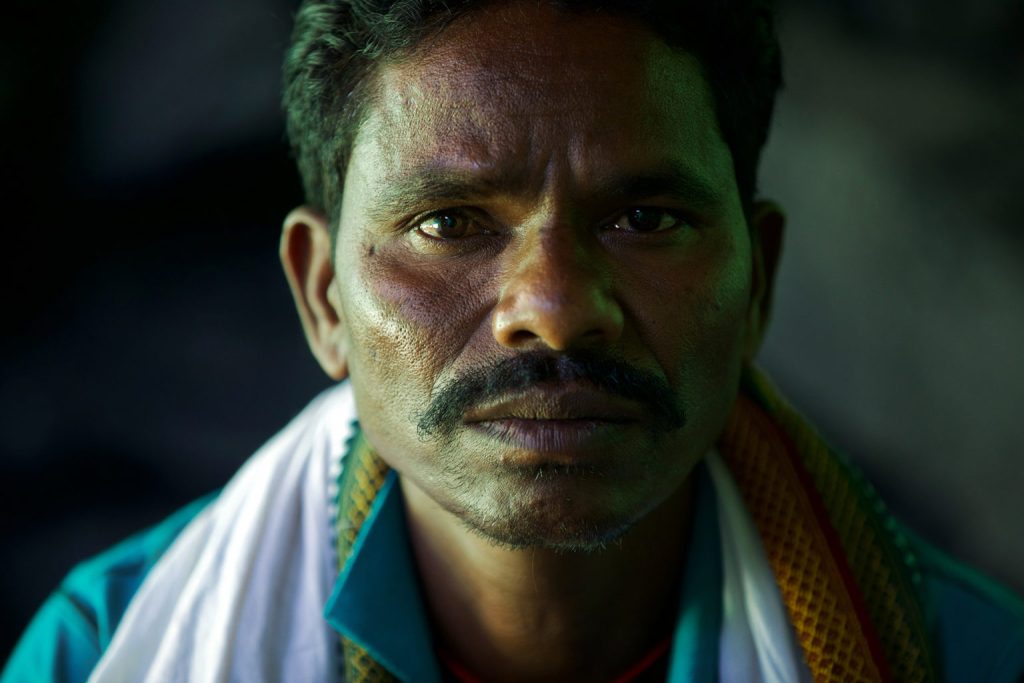
Bajey Oraon, 40, a pump operator in a coal mine. “I had 20 acres of ancestral land which largely went to the coal companies. Now, I have only two-three acres remaining with me. I gave my land away in exchange for jobs. Around ten people I know, have jobs through this exchange. However, since my earnings are less from this job, I cultivate my small land to earn an extra income too.”
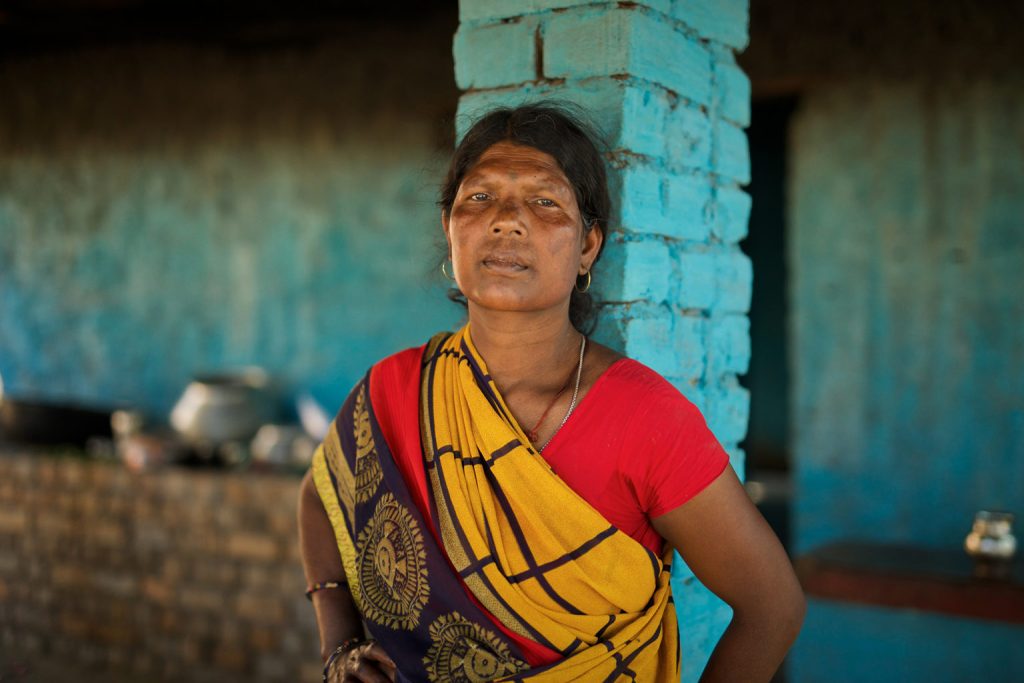
Uli, 50, a tea seller. “Everything is dug up here. Where will we go if our land is not levelled?”
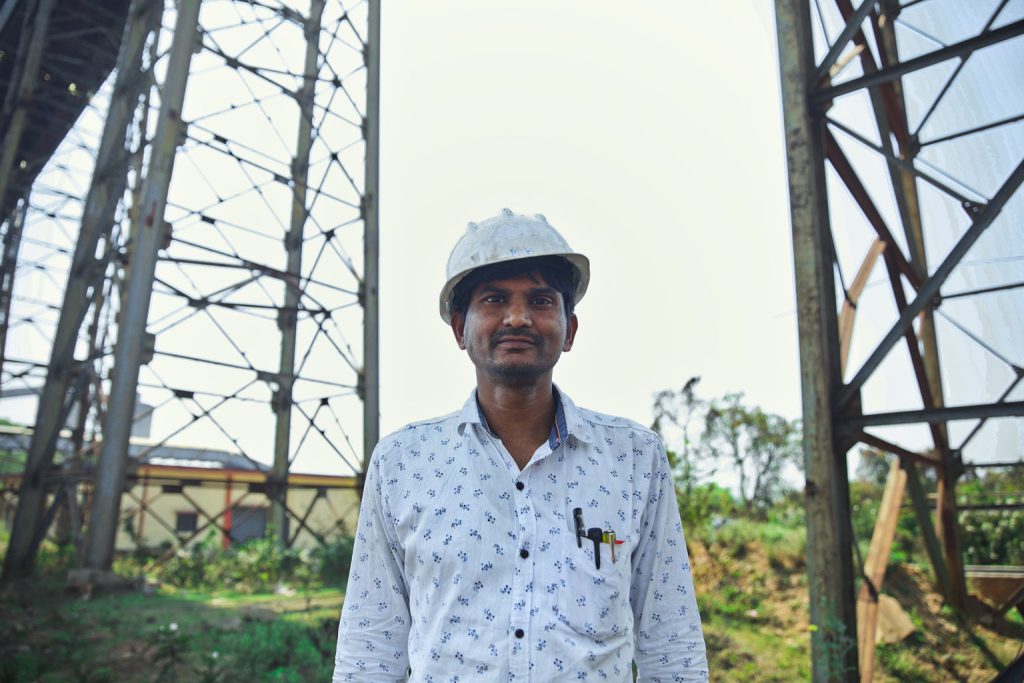
Rajesh Kumar, an electrical engineer. “Coal is a limited resource and it will definitely end someday. When it ends, I will have to look for jobs in other districts or else I will have to depend on agriculture.”
This article was originally published on Mongabay-India.



